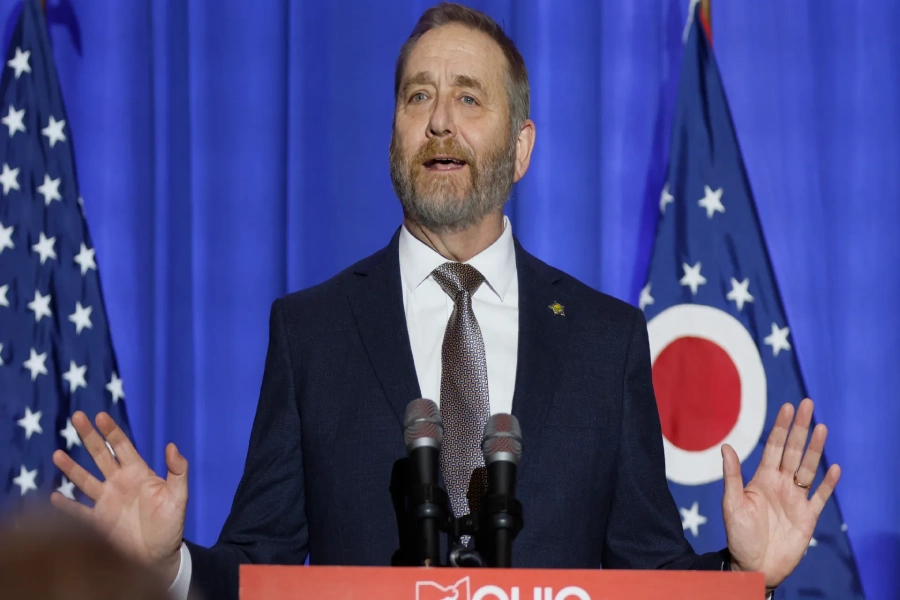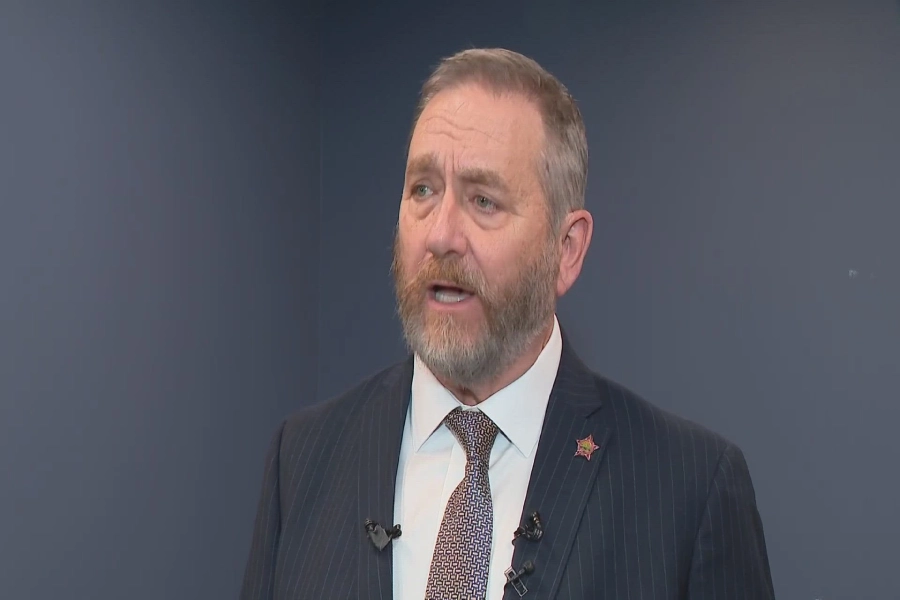The Ohio Qualified Immunity Amendment has emerged as a pivotal issue in the national debate over law enforcement accountability and civil rights protections. With mounting scrutiny over police conduct and government responsibility, this proposed amendment seeks to eliminate qualified immunity—a controversial legal doctrine that shields public officials, especially police officers, from personal liability for violating constitutional rights. The recent legal developments in Ohio, particularly after the U.S. Supreme Court’s decision, have accelerated public discourse around the amendment’s impact on civil justice, law enforcement operations, and individual freedoms.
What Is Qualified Immunity?
Qualified immunity is a legal defense allowing public officials, particularly law enforcement officers, to avoid liability in civil suits unless it’s proven they violated a “clearly established” constitutional right. This doctrine was developed by the U.S. Supreme Court to protect government officials from frivolous lawsuits and ensure the proper execution of their duties.
However, critics argue that qualified immunity often denies justice to victims of abuse and misconduct. It creates a high barrier for citizens seeking redress, especially in police brutality cases. By requiring plaintiffs to identify a nearly identical precedent, the doctrine often leads to the dismissal of valid claims.

What Does the Ohio Qualified Immunity Amendment Propose?
The Ohio Qualified Immunity Amendment proposes to abolish qualified immunity for state and local government employees, including police officers. If passed, it would allow citizens to bring civil lawsuits against public officials who violate constitutional rights—without having to prove that the violated right was “clearly established” in prior case law.
This reform would level the legal playing field, making it easier for individuals to pursue claims for misconduct, excessive force, unlawful searches, or other constitutional violations.
Legal Background and the Supreme Court Setback
Ohio Attorney General Dave Yost, a Republican, initially opposed the amendment and rejected the proposed summary language for not accurately describing the measure’s legal implications. However, a legal challenge ensued, and the U.S. District Court ruled that Yost’s actions likely violated organizers’ First Amendment rights.
When the case reached the U.S. Supreme Court, the Court declined to intervene, essentially siding with the plaintiffs. This decision was a significant legal loss for the Attorney General and forced him to withdraw his appeal. As a result, the amendment was allowed to proceed through the Ohio Ballot Board process.
Legal Implications in the U.S. Context
From a legal standpoint, the amendment could mark a paradigm shift in how constitutional torts (civil wrongs involving rights violations) are handled. Without qualified immunity, courts would adjudicate cases based solely on the merits—whether a right was violated—rather than whether a precedent exists.
Legal scholars argue this could strengthen civil liberties and restore balance in the judicial system, as many current barriers disproportionately protect public officials over the public.
Moreover, the amendment could influence Section 1983 litigation, which allows individuals to sue state actors for constitutional violations. If qualified immunity is repealed in Ohio, it could become a test case for nationwide reform.
Political and Social Impact
The amendment’s progress has sparked deep political divisions. Civil rights advocates and progressive organizations support the measure as a step toward police accountability and racial justice. They believe removing this shield will incentivize officers to follow the law and act with greater care.
Opponents, including many in law enforcement and conservative political circles, argue that ending qualified immunity will expose public officials to a flood of lawsuits, discourage proactive policing, and hinder governmental operations.
However, polls suggest that a significant portion of the public favors reforms that hold police more accountable for misconduct.

Relevance for Ohio and Beyond
Ohio could become one of the first states to successfully eliminate qualified immunity through constitutional amendment. This would set a national precedent, especially as similar efforts in states like Colorado and New Mexico gain momentum.
The amendment’s passage could also lead to legislative reforms, clearer use-of-force policies, enhanced police training, and greater transparency in civil litigation involving public officials.
If adopted, it may also inspire federal action, potentially leading Congress to reconsider the federal version of qualified immunity.
Future Steps and Voter Involvement
The amendment is currently under review by the Ohio Ballot Board, which will determine whether it can proceed to the next phase: signature collection and eventual placement on the statewide ballot.
Voter education will be critical. Organizers must ensure that Ohioans understand the legal stakes and constitutional values involved. If passed, the amendment would signal a major victory for civil rights advocates and usher in a new era of government accountability.
Conclusion
The Ohio Qualified Immunity Amendment represents a crucial legal and ethical turning point in the national conversation about justice, accountability, and the proper role of government power. By removing qualified immunity, Ohio would provide citizens with greater access to the courts and help ensure that those entrusted with public authority are held to constitutional standards. While the debate continues, one thing is clear: the outcome of this amendment will resonate far beyond Ohio’s borders.
(FAQ)
1. What is the Ohio Qualified Immunity Amendment?
It is a proposed state constitutional amendment aiming to eliminate legal protections (qualified immunity) for police and government officials who violate constitutional rights.
2. Why is qualified immunity controversial?
It often prevents victims of government abuse from getting justice by requiring proof that their rights were violated under a “clearly established” precedent.
3. What did the Supreme Court decide?
The U.S. Supreme Court declined to block a lower court ruling that favored the amendment’s organizers, allowing the measure to proceed.
4. Will this change how police officers operate in Ohio?
Yes, removing qualified immunity could increase accountability and potentially alter policing practices by exposing officers to more legal scrutiny.
5. Can other states follow Ohio’s lead?
Absolutely. If Ohio passes the amendment, it may inspire similar reforms in other states and possibly at the federal level.

